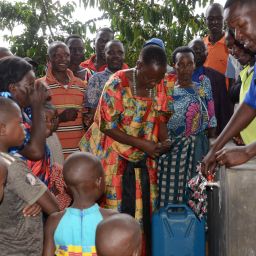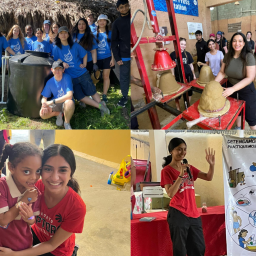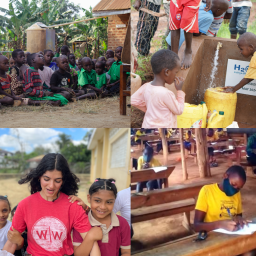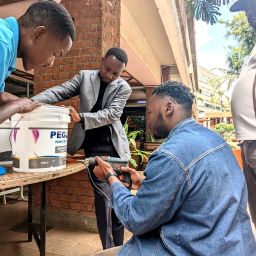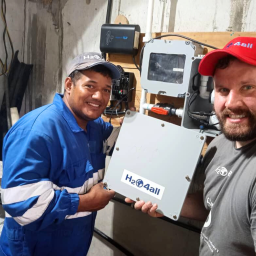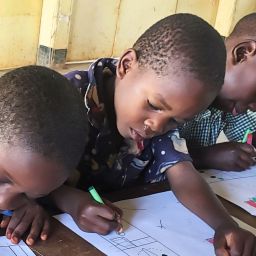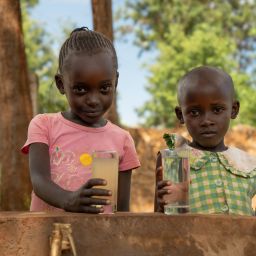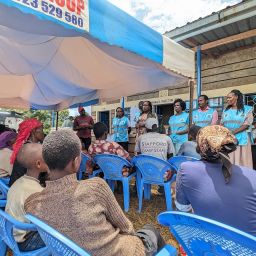Climate Change, Community Health, and Adaptation
Today is Earth Day, when we honour the planet we call home and the global effort to protect the environment. At H2O4ALL, we celebrate Earth Day because of the millions of people around the world whose water resources are threatened by climate change.
Climate change has done incredible damage to the world’s water supply, with experts predicting a rise in water shortages in the next decade. In addition, climate change poses a massive and increasing risk to public health in vulnerable communities. The consequences of rising temperatures and extreme weather patterns for human health are only now becoming clear to scientists – and the people who contributed the least to climate change are facing the most danger.
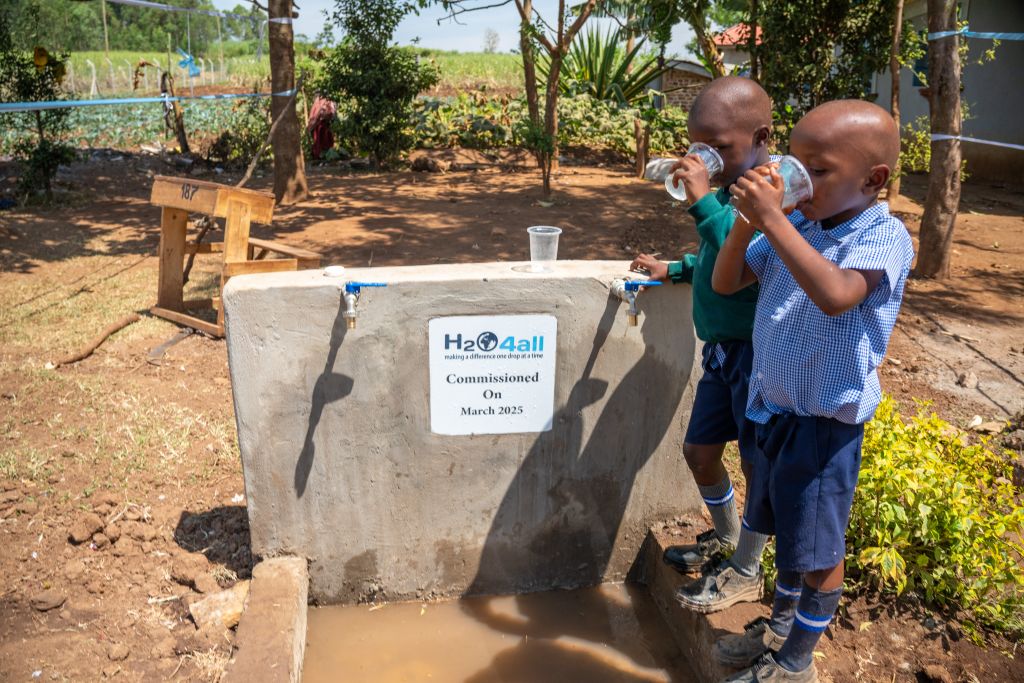
For communities without the safety net of running water, air conditioning or reliable medical services, changes in the environment can mean life or death. Pollution, storms and wildlife can all contaminate unprotected water sources – leaving vulnerable communities relying on unsafe water. 1.4 million people will die this year of waterborne diseases, many of them young children. And as temperatures rise, recent research suggests a link between hotter weather and increased risk of waterborne diseases.
A study by Jan Semenza and Albert Ko from the New England Journal of Medicine notes that the risk of bacterial disease is at its peak during the summertime, including diarrhoeal diseases caused by contaminated water.
Rising temperatures also lead to more extreme weather patterns. Both heavy rains and drought exacerbate the risk of contamination. Flooding can carry dangerous pathogens from soil into nearby water sources, contaminating the water people use for drinking, cleaning and cooking. Meanwhile, droughts can lead to greater concentration of pathogens in water, raising the risk of disease even as the demand for water goes up – and, if the need for water is dire enough, drought can force people to forgo hygiene and leave their communities vulnerable to the spread of disease.
For the past seventeen years, we’ve striven to promote safe water access around the world by providing sustainable solutions to our client communities. From rainwater filtration systems to point-of-use filters to solar-powered borehole systems, we provide vulnerable families with a safety net protecting them from the threat of waterborne diseases.
Right now, the need for these solutions is greater than ever. This year, we’re dedicated to providing safe, sustainable solutions that can help communities adapt and thrive in the face of climate change.



